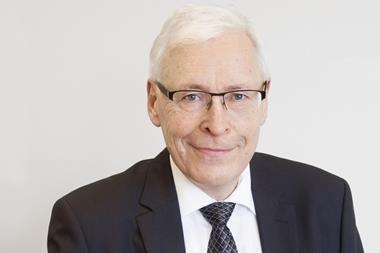NETHERLANDS -- ABP, the €215bn civil service scheme, is considering a plan to regularly update its participants on the level of contributions they have paid.
"It is not a legal requirement, but it fits within our policy of openness," ABP spokesman Marcel Vleugels told IPE.
ABP's initiative follows claims by daily newspapers that younger participants in collective pension schemes are paying relatively higher premiums than those who are approaching retirement.
ABP has calculated that the level of paid premiums exceeded the pension promise during the first 10 years of workers' careers but that the pension promise amounted to three times the paid contributions after 40 years in the scheme.
"The system has been designed for workers who pay into a collective scheme for 40 years," Vleugels said. "If employees leave early, they run the risk of a shortfall."
He added: "But comparing the amounts on their cash value is just too simple. People are saving for a life-long benefit after retirement. If they die young, they don't get much for their contributions, but if they get very old, they will receive a large bonus."
The solidarity between younger and older workers within a collective system means that premiums can remain relatively low, he said. "And participating in a collective pension plan is much more advantageous than individual arrangements," he noted.
The main challenge to ABP is how to put the total of premiums paid within the context of the true benefits. "It must be a very clear message, but it can't be communicated in three sentences," Vleugels said.
From next year all pension funds and insurers will be required to provide their clients with a uniform pension statement (UPO). However, according to the Association of Industry-Wide Pension Funds (VB) it is unlikely that a figure for paid premiums will become a fixed feature on the UPO.
"During consumers tests, none of the participants raised a question on the issue," said VB spokeswoman Roos Kuip.














No comments yet